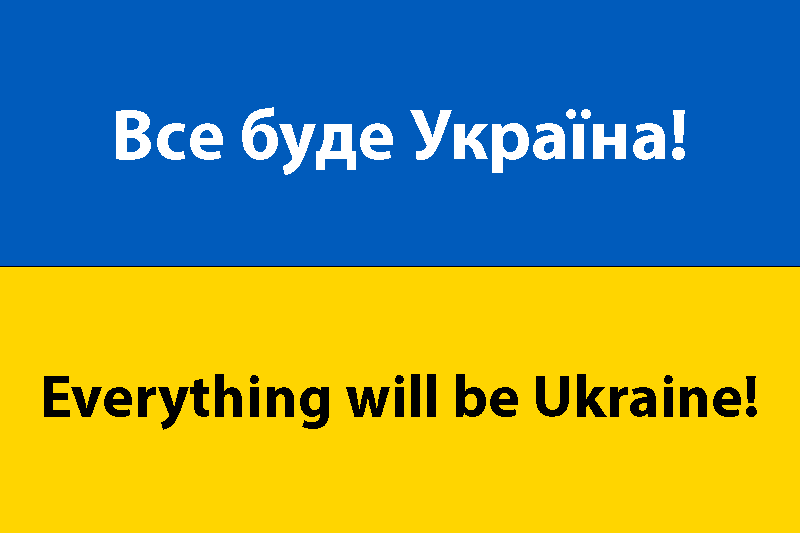
Все буде Україна!
Everything Will Be Ukraine!
Simple, effective ways to help Ukraine
Below is a list of articles published by Everything Will Be Ukraine.
We aim to publish further articles and continue to expand this page as time goes on.
This article compares the Cold War with the ongoing war between Ukraine and Russia, highlighting the key differences, such as the scale of the hostilities, and the degree of economic and military intervention from the West. It also looks at past and present nuclear threats, as well as the consequences of both wars (albeit the full consequences of the ongoing war are yet to be seen.
This article, by EWBU founder Raihan Islam, points out the worrying rhetoric used by Donald Trump regarding President Zelenskyy, and his attempts to avoid accountability for Putin. He calls upon his Congressperson to take a stand on Ukraine, and asks four key questions of her, which he encourages all Americans to ask their congresspeople.
Facebook | Instagram | LinkedIn | Mastodon | TikTok | Twitter | YouTube
Copyright © 2023
Raihan Islam / American Ukrainian / Everything will be Ukraine! – The views and opinions expressed on this personal website are those of the author and do not represent those of people, institutions or organizations that the author may or may not be associated with in a professional or personal capacity. All information is provided on an as-is basis. Please note that this page uses embedded content from other sources such as Facebook, Instagram, LinkedIn, Twitter, and YouTube; this website also collects and works with data in accordance with the Privacy Policy (primarily for analytics purposes but otherwise to make this site more relevant for viewers). Contact us: Email ([email protected]), Everything will be Ukraine / Все буде Україна Organization